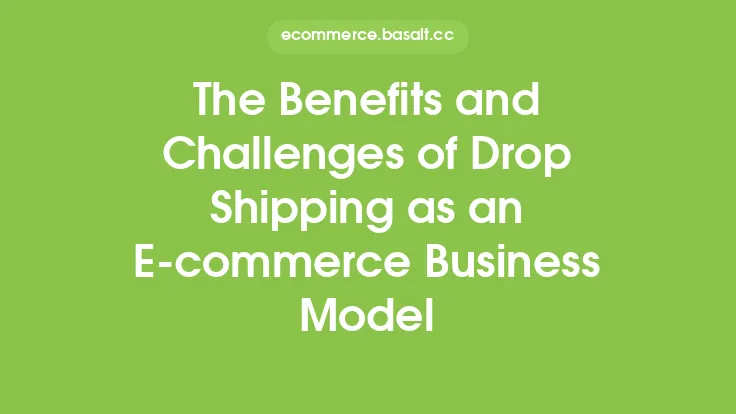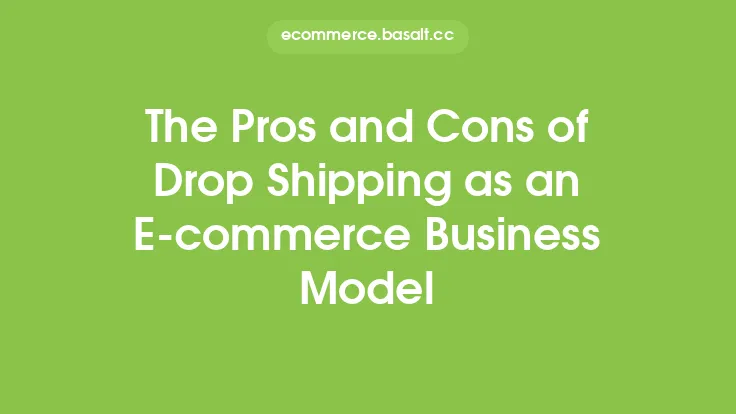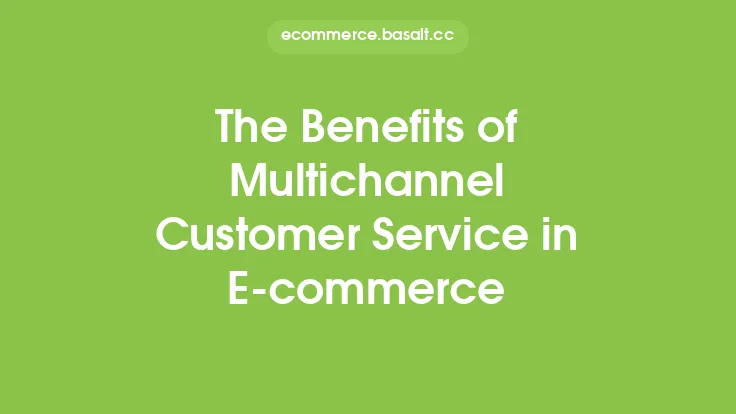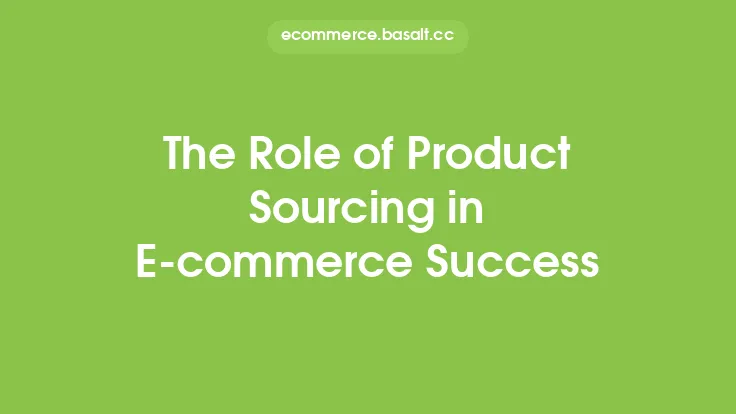In the world of e-commerce, shipping is a crucial aspect of the online shopping experience. With the rise of online shopping, customers have come to expect a seamless and convenient experience, from browsing to checkout and delivery. One strategy that has gained popularity in recent years is offering free shipping to customers. This approach can have a significant impact on customer satisfaction, loyalty, and ultimately, sales. In this article, we will explore the benefits of offering free shipping in e-commerce and why it's an essential consideration for online businesses.
What is Free Shipping and How Does it Work?
Free shipping is a marketing strategy where an online retailer absorbs the cost of shipping and handling, allowing customers to receive their purchases without incurring additional costs. This can be achieved in various ways, such as offering free shipping on all orders, on orders above a certain amount, or on specific products. The cost of shipping is typically factored into the product price or absorbed as a marketing expense. By offering free shipping, online retailers can create a competitive advantage, increase customer satisfaction, and drive sales.
The Benefits of Free Shipping
Offering free shipping can have numerous benefits for e-commerce businesses. Some of the most significant advantages include:
- Increased conversions: Free shipping can be a major incentive for customers to complete their purchases, especially during the checkout process.
- Improved customer satisfaction: Free shipping can lead to higher customer satisfaction rates, as customers feel they are getting a better value for their money.
- Competitive advantage: In a crowded online market, offering free shipping can be a key differentiator, setting a business apart from its competitors.
- Increased average order value: By offering free shipping on orders above a certain amount, customers may be encouraged to add more items to their cart to qualify for free shipping.
- Reduced cart abandonment: Free shipping can reduce cart abandonment rates, as customers are less likely to abandon their purchases due to high shipping costs.
How to Implement Free Shipping Effectively
To implement free shipping effectively, online retailers should consider the following strategies:
- Set a minimum order value: Offer free shipping on orders above a certain amount to encourage customers to add more items to their cart.
- Choose the right shipping carrier: Select a shipping carrier that offers reliable and efficient service, ensuring that packages arrive on time and in good condition.
- Optimize product pricing: Factor the cost of shipping into product prices to ensure that the business remains profitable.
- Communicate clearly: Clearly communicate free shipping offers and any conditions or restrictions to avoid customer confusion.
- Monitor and adjust: Continuously monitor the effectiveness of free shipping offers and adjust strategies as needed to ensure that they remain profitable and effective.
The Psychology of Free Shipping
Free shipping can have a significant psychological impact on customers. When customers see that shipping is free, they are more likely to perceive the purchase as a better value, even if the product price is higher. This is known as the "zero-price effect," where customers place a higher value on free shipping than they would on a discount of equal value. Additionally, free shipping can create a sense of reciprocity, where customers feel that the business is providing a benefit, and they are more likely to return the favor through loyalty and positive word-of-mouth.
Overcoming the Challenges of Free Shipping
While free shipping can be a highly effective strategy, it's not without its challenges. Some of the most significant challenges include:
- Increased costs: Offering free shipping can increase costs, which can be challenging for businesses with thin profit margins.
- Logistics and fulfillment: Managing logistics and fulfillment can be complex, especially for businesses with a large product range or high volume of orders.
- Customer expectations: Free shipping can create high customer expectations, which can be challenging to meet, especially during peak periods.
To overcome these challenges, businesses should carefully consider their pricing strategies, logistics, and fulfillment processes to ensure that they can provide free shipping while remaining profitable.
Conclusion
Offering free shipping can be a highly effective strategy for e-commerce businesses, driving sales, increasing customer satisfaction, and creating a competitive advantage. By understanding the benefits and challenges of free shipping, businesses can implement this strategy effectively, increasing conversions, average order value, and customer loyalty. As the e-commerce landscape continues to evolve, free shipping is likely to remain a key consideration for online retailers, and those that get it right will be well-positioned for success.





